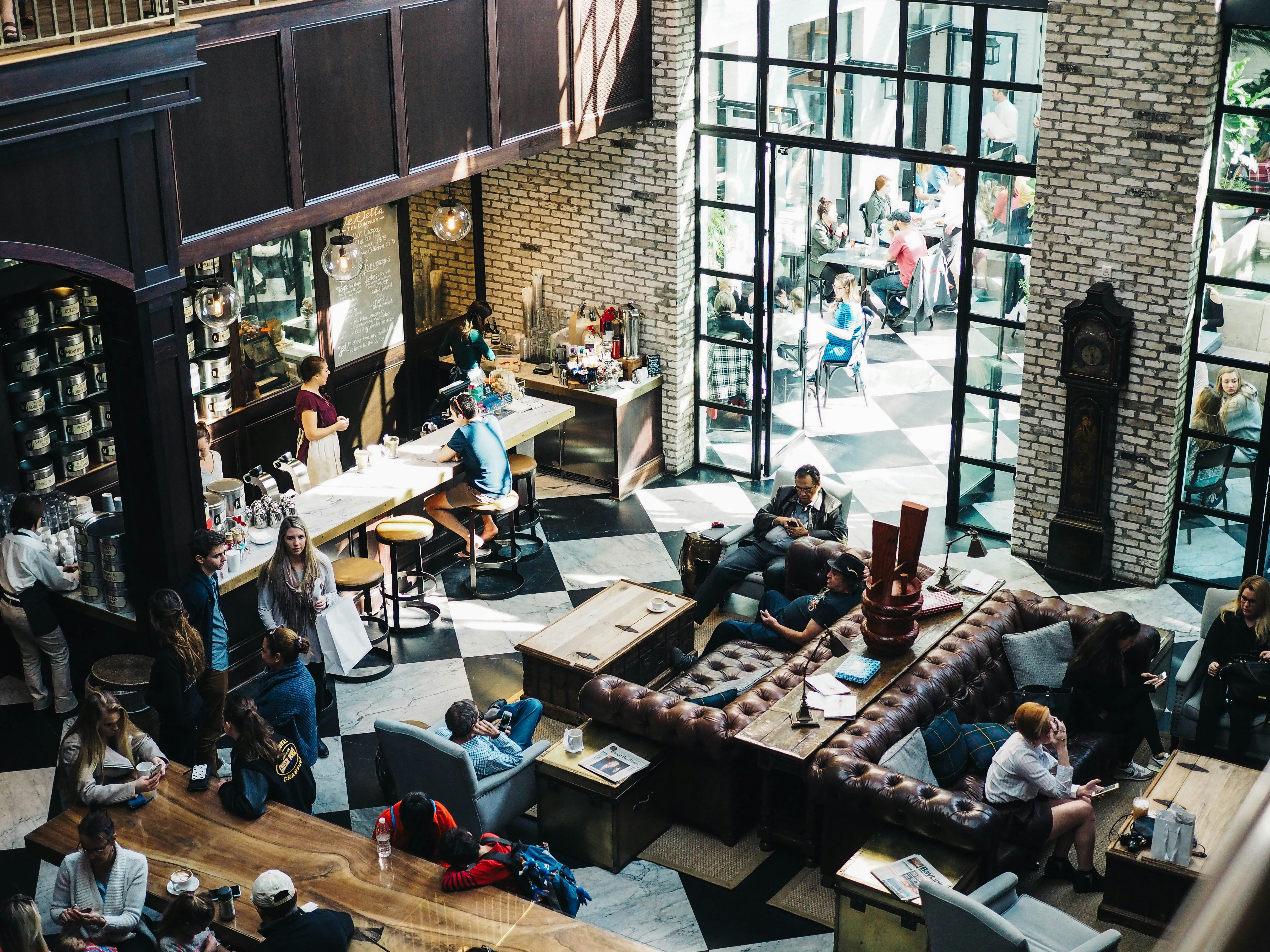
I Burned Out Working Remotely
How home office isolation led to burnout and what I did to fix it with laptop-friendly third places
I forgot what it felt like to enjoy work.
Three years of remote work turned my spare bedroom into a prison. The same four walls. The same desk. The same chair that squeaked when I leaned back.
I convinced myself this was living the dream. No commute. No office politics. No pants required.
But something broke.
The Warning Signs
My productivity crashed first. Tasks that used to take hours now took days. I’d open my laptop and stare at the screen. My brain felt like molasses.
Then came the isolation. Days would pass without talking to another human. I’d order groceries online. Skip video calls. My world shrank to the size of my monitor.
Sleep became my escape. I’d work late, sleep in, and repeat. Weekends blurred into weekdays. Time lost all meaning.
The Breaking Point
The moment I knew I was in trouble: I couldn’t remember the last time I felt excited about a project. Work became something to survive, not something to enjoy.
I was experiencing what psychologists call “place attachment disorder.” When one location serves every function in your life, your brain can’t distinguish between work stress and home stress. They merge into one constant hum of anxiety.
My home office wasn’t just where I worked. It was where I ate lunch, took meetings, and answered emails at 10 PM. The boundaries disappeared.
The Search for Solutions
I tried everything. Meditation apps. Productivity systems. Standing desks. None of it worked because I was treating the symptoms, not the cause.
The real problem was environmental. I needed to separate work from home. I needed other people around me. I needed to remember that the world existed beyond my bedroom walls.
Coffee Shop Salvation
The first time I worked from a coffee shop, something clicked. The gentle hum of conversation. The smell of fresh coffee. The energy of other people pursuing their goals.
I finished more work in three hours than I had in the previous three days.
But finding the right places was a challenge. Some coffee shops didn’t welcome laptop users. Others had terrible WiFi. Some lacked power outlets. I wasted hours searching for places that worked.
The Pattern That Emerged
After months of trial and error, I discovered what made a place work for remote workers:
Reliable WiFi - Not just fast, but consistent. Nothing kills productivity like dropped connections.
Power outlets - Accessible ones. Not the single outlet behind the espresso machine.
Appropriate atmosphere - Some buzz is energizing. Too much is distracting.
Laptop-friendly policies - Places that welcome remote workers, not just tolerate them.
Seating options - Tables that fit your laptop and a coffee cup. Chairs that support your back.
The Productivity Boost
Working from third places transformed my output. I’d arrive at a coffee shop with a clear mission. No distractions from household chores. No urge to check the refrigerator.
The ambient noise actually helped me focus. Scientists call this the “coffee shop effect.” Moderate noise levels enhance creative thinking.
Being around other productive people created positive peer pressure. When everyone around you is working, you work too.
The Social Connection
Something unexpected happened. Baristas began recognizing me. Other regulars would nod hello. I wasn’t making best friends, but I was making human connections.
This casual social interaction was medicine for my isolation. I didn’t realize how much I missed saying “good morning” to people.
The Variety Effect
Different spaces sparked different types of work. Coffee shops for creative tasks. Libraries for deep focus. Co-working spaces for calls and meetings.
This variety kept my brain engaged. Each location had its own energy and rhythm.
The Challenge of Discovery
The biggest obstacle was finding these places. Not every coffee shop welcomes remote workers. Some post “no laptops” signs. Others have WiFi that barely loads email.
I spent countless hours researching places online, only to arrive and find they weren’t suitable for work. Google reviews mentioned coffee quality, not WiFi speed.
The Systematic Solution
This is why Study Near Me exists. We solve the uncertainty problem. Every location in our directory is human-verified for remote work suitability.
We check the WiFi speed. We count the power outlets. We assess the atmosphere. We confirm the laptop policies. We do the research so you don’t have to.
When you find a place on Study Near Me, you know it works for remote workers. No guesswork. No wasted trips. No disappointment.
The Transformation
My burnout didn’t disappear overnight. But changing my environment started the healing process. I began looking forward to work again. Projects that felt impossible became manageable.
The key was breaking the cycle of isolation and environmental stagnation. I needed other people. I needed different spaces. I needed to remember that productivity thrives on variety.
Your Next Step
If you’re feeling burned out working from home, try working from a third place. Start with one day a week. Pack your laptop and find a coffee shop that welcomes remote workers.
Pay attention to how you feel. Notice your productivity levels. Observe the difference in your mood and energy.
The cure for remote work burnout isn’t to stop working remotely. It’s to stop working from the same place every day.
Find your perfect workspace at Study Near Me. We’ll help you discover the laptop-friendly third places that will reignite your passion for work.